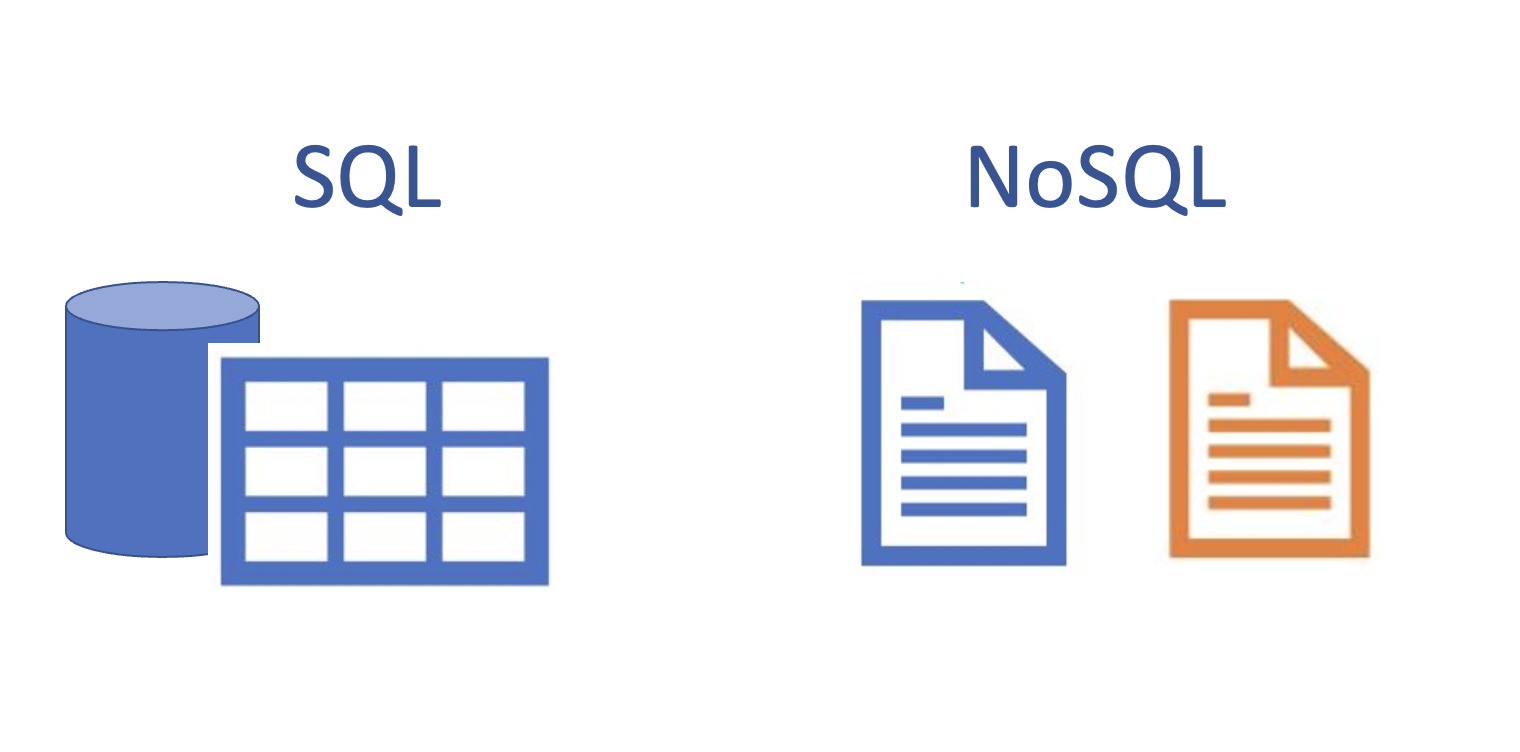Data Science with SQL and NoSQL Databases
 Sanjeet Singh
Sanjeet Singh
Data science is a powerful field that transforms raw data into actionable insights, helping businesses, organizations, and researchers make data-driven decisions. One of the most important components of data science is working with databases—storing, querying, and analyzing large datasets. This can be done using various types of databases, each suited to different types of data and use cases. Two of the most common database types in data science are SQL (Structured Query Language) and NoSQL (Not Only SQL) databases. Understanding how to use both types effectively is crucial for modern data scientists.
What is SQL?
SQL (Structured Query Language) is a domain-specific language used for managing and manipulating relational databases. A relational database is a collection of data organized into tables, where data is stored in rows and columns, and each table has a predefined schema that dictates how data is structured.
SQL is used to perform various operations on relational databases, including:
Querying data: Retrieving specific data from the database using SELECT statements.
Updating data: Modifying or deleting data within the tables using UPDATE and DELETE statements.
Inserting data: Adding new records using the INSERT statement.
Creating and modifying tables: Defining and altering database structure using CREATE, ALTER, and DROP statements.
Why SQL is Important for Data Science
SQL remains one of the most widely-used tools in data science for working with structured data. Here’s why:
Structured Data: SQL databases work best with data that is highly structured and fits into a tabular format with defined relationships.
Data Integrity and Consistency: Relational databases are built with strong consistency models, ensuring data integrity.
Efficient Queries: SQL is optimized for complex queries, making it ideal for large datasets with many rows and columns.
Analytics and Reporting: SQL can aggregate and summarize large datasets using functions like COUNT, SUM, AVG, etc. This makes it perfect for data analysis tasks.
Some of the popular SQL-based databases include:
MySQL: An open-source, widely used relational database.
PostgreSQL: A powerful open-source relational database with advanced features.
Microsoft SQL Server: A relational database management system (RDBMS) by Microsoft, used in enterprise applications.
What is NoSQL?
NoSQL (Not Only SQL) databases are non-relational databases that were designed to handle the growing needs of modern applications. Unlike SQL databases, NoSQL databases allow for flexible schemas and horizontal scaling, making them a great choice for applications that deal with large, dynamic, or unstructured datasets.
There are several types of NoSQL databases, including:
Document-Oriented: Stores data as documents, typically in formats like JSON or BSON (Binary JSON). Examples include MongoDB and CouchDB.
Key-Value Stores: Data is stored as key-value pairs, much like a dictionary or hash map. Examples include Redis and DynamoDB.
Columnar Stores: Stores data in columns rather than rows, optimizing read and write performance for certain types of queries. Examples include Apache Cassandra and HBase.
Graph Databases: Stores data in graph structures, where entities (nodes) are connected by relationships (edges). Examples include Neo4j and Amazon Neptune.
Why NoSQL is Important for Data Science
NoSQL databases address some of the limitations of traditional SQL databases, particularly in handling unstructured and semi-structured data. Here’s why they are increasingly important for data science:
Scalability: NoSQL databases can scale horizontally by adding more servers, making them ideal for big data applications.
Flexible Schema: They allow for dynamic, flexible schemas that are well-suited for rapidly changing datasets.
Handling Unstructured Data: NoSQL databases are designed to handle unstructured or semi-structured data, such as text, images, and sensor data.
Real-Time Processing: NoSQL databases often offer real-time data processing and are capable of handling high throughput with low latency.
Popular NoSQL databases include:
MongoDB: A document-oriented NoSQL database known for its flexibility and scalability.
Cassandra: A distributed columnar database designed for high availability and scalability.
Redis: A fast key-value store, ideal for caching and real-time analytics.
Neo4j: A graph database that’s great for applications that require analyzing relationships between data points.
Using SQL and NoSQL in Data Science
Data science often involves integrating and analyzing diverse data sources. Depending on the use case, data scientists may choose between SQL and NoSQL databases or even combine both to leverage their respective strengths. Here are some examples:
SQL in Data Science
Data Warehousing: SQL databases are commonly used in building data warehouses, where structured data is aggregated for business intelligence.
Data Cleaning and Transformation: Data scientists often use SQL for data cleaning tasks like filtering out noisy data, aggregating data, or performing complex joins to combine different datasets.
Exploratory Data Analysis (EDA): SQL is frequently used to perform EDA on structured datasets, such as summarizing statistics or identifying patterns.
NoSQL in Data Science
Big Data Applications: When working with very large datasets or unstructured data (such as logs, sensor data, or social media feeds), NoSQL databases are often the best choice.
Real-Time Analytics: For applications that require real-time analysis, such as recommendation systems or fraud detection, NoSQL databases offer low-latency performance.
Flexible Data Models: NoSQL databases are perfect for applications with rapidly changing or evolving data models, such as user-generated content on websites.
Hybrid Approach
In many modern data science applications, a hybrid approach is used, where both SQL and NoSQL databases are employed. For example:
A company might use a SQL database to store customer information (structured data) and a NoSQL database (like MongoDB) to store logs, sensor data, or product reviews (unstructured data).
Data scientists may query the SQL database for structured information and combine it with unstructured data from NoSQL systems to create more complete models.
Conclusion
In data science, understanding both SQL and NoSQL databases is essential for handling a variety of data types and use cases. SQL databases remain a powerful tool for structured data, offering efficient querying, robust data integrity, and analytical capabilities. On the other hand, NoSQL databases offer the flexibility and scalability needed for modern applications dealing with big data, real-time analytics, and unstructured datasets. If you're interested in enhancing your skills, enrolling in a data science training institute in Noida, Delhi, Mumbai and other parts of India can be a great way to build a solid foundation.
Subscribe to my newsletter
Read articles from Sanjeet Singh directly inside your inbox. Subscribe to the newsletter, and don't miss out.
Written by

Sanjeet Singh
Sanjeet Singh
I am Sanjeet Singh, an IT professional with experience in the IT sector. I have a broad understanding of Data Analytics and proficiency across multiple layers of software development and testing, from the front end to the back end.